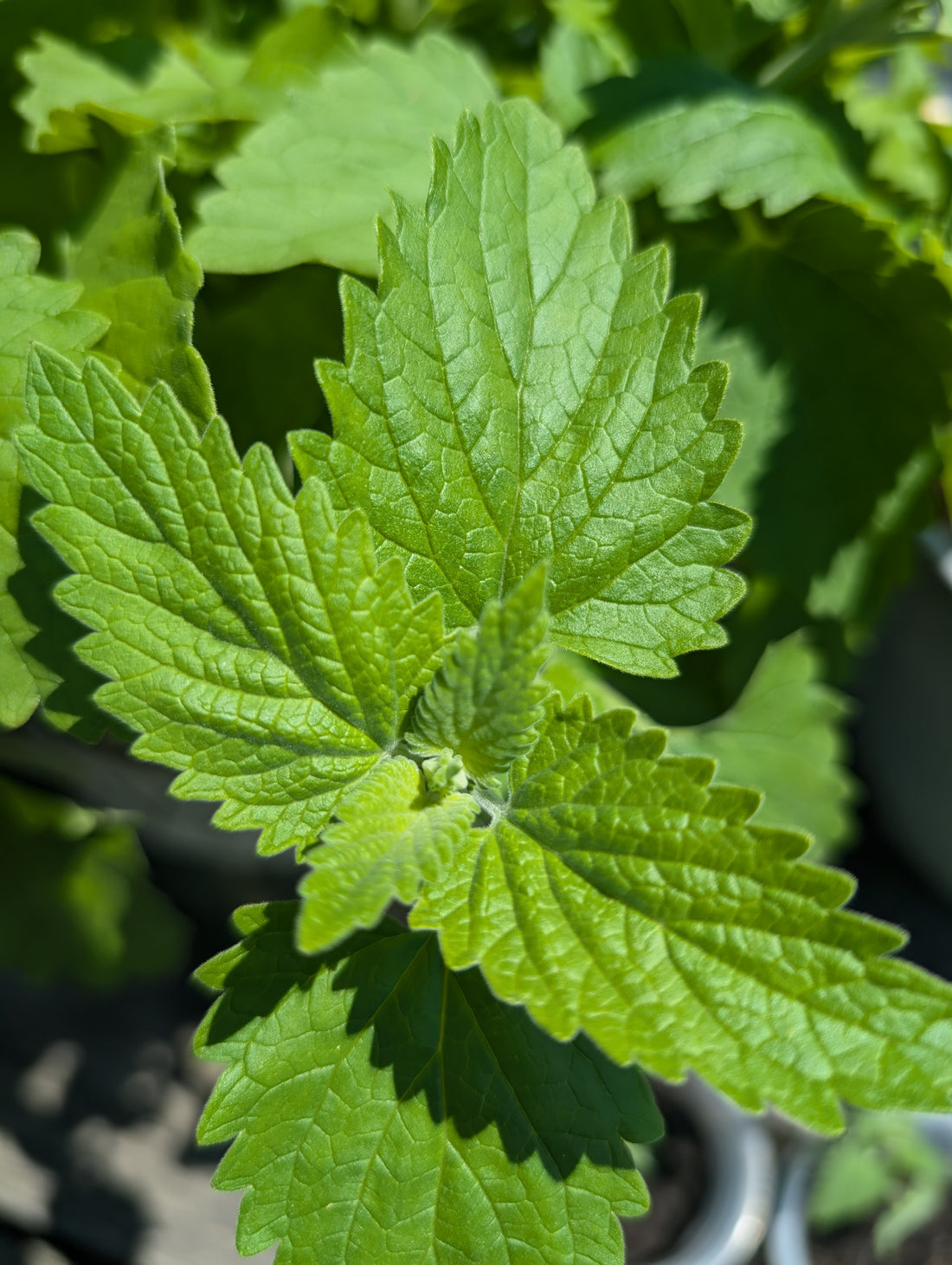
How to Grow Catnip?
The Comprehensive Guide to Growing Catnip: Tips and Techniques
Catnip (Nepeta cataria), a perennial herb from the mint family, is famously known for its euphoric effect on cats. It's not only a delightful treat for our feline friends but also a versatile plant in the garden, attracting beneficial insects and repelling pests. Here’s how to successfully cultivate catnip in your garden or indoors.

Choosing a Planting Site
Catnip thrives in full sun but can tolerate partial shade. The ideal location should receive at least six hours of sunlight daily. Well-draining soil is crucial to prevent root rot, common in waterlogged conditions. Catnip is not fussy about soil quality and can thrive in average soils, but it performs best in soil with a pH between 6.1 and 7.8.
Planting
You can start catnip from seeds, cuttings, or nursery-grown plants. If starting from seeds:
- Sowing: Plant seeds indoors about six to eight weeks before the last frost. Barely cover them with soil as they need light to germinate.
- Transplanting: Once seedlings are a few inches tall and the threat of frost has passed, transplant them outdoors spacing them about 18 to 20 inches apart.
Cuttings or divisions can be planted directly into their permanent locations outdoors, ideally in the spring or early fall.
Care and Maintenance
- Watering: Catnip doesn’t require a lot of water. Allow the soil to dry out between waterings to encourage strong root growth.
- Feeding: Fertilize catnip lightly; too much fertilizer can reduce its aromatic oils.
- Pruning: Regular pruning is beneficial. It encourages bushier growth and prevents the plant from becoming leggy. After the first bloom, cut the plant back by half to encourage a second bloom cycle.
Pest Management
Catnip is relatively pest-resistant but can occasionally attract aphids or whiteflies. Neem oil or insecticidal soap can effectively manage these pests without harming beneficial insects.
Harvesting
The best time to harvest catnip leaves for drying is when the plant is flowering, as this is when the concentration of aromatic oils is highest. Cut the stems in the morning after the dew has dried for optimal freshness.
Uses
Apart from being a treat for cats, catnip has various uses for humans. It can be brewed into a relaxing tea, used as a culinary herb, or incorporated into lotions and balms as an insect repellent. Of course, dried catnip works well too!
Propagation
Catnip can easily be propagated by root division or cuttings, ensuring you can expand your catnip garden each year or share it with fellow gardeners.
Final Thoughts
Growing catnip can be a rewarding experience, especially if you enjoy observing the playful antics of cats influenced by this herb. Whether you're an experienced gardener or a novice, catnip is an excellent addition to a herb garden, patio pot, or even a sunny windowsill.
By following these tips, you can enjoy a lush, healthy catnip plant that will not only please your cats but also enhance your garden's ecosystem.